<Back to Index>
- Chancellor of Germany Hermann Müller, 1876
- Chancellor of Germany Wilhelm Carl Josef Cuno, 1876
PAGE SPONSOR
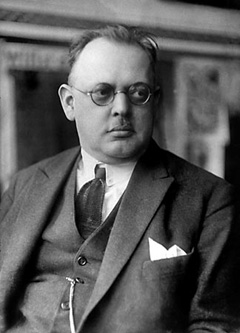
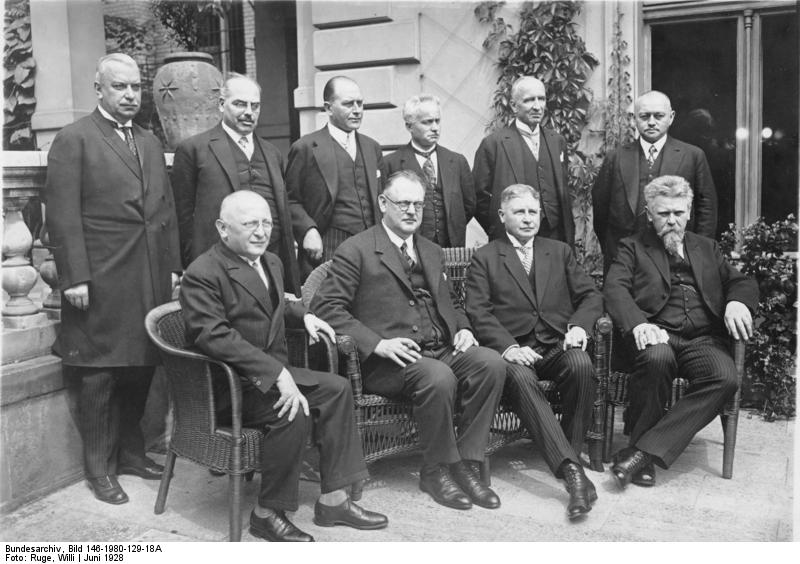
Hermann Müller (18 May 1876 – 20 March 1931), born in Mannheim, was a German Social Democratic politician who served as Foreign Minister (1919 – 1920), and twice as Chancellor of Germany (1920, 1928 – 1930) under the Weimar Republic. In his capacity as Foreign Minister, he was one of the German signatories of the Treaty of Versailles in 1919.
From 1899 to 1906, Müller was editor of the Socialist newspaper Görlitzer Volkszeitung, and from 1906 onwards was a member of the directing board of the German Social Democratic party. On August 1, 1914, he went to Paris with the object of finding out whether international action by the socialists of France and Germany could be initiated in order to avert World War I. His mission was unsuccessful, and he had great difficulty in making his way back to Germany through the French lines. His report did much to determine the attitude of the German Social Democrats in voting in the Reichstag for the first war credit.
From 1916 to 1918, he was a member of the Reichstag. On June 21, 1919, he was appointed minister of the Reich for foreign affairs — under the chancellorship of Gustav Bauer — and in this capacity went to Versailles and with Colonial Minister Johannes Bell signed the peace treaty for Germany on June 29, 1919. After the resignation of the Bauer ministry, which followed upon the Kapp coup d'état (March 1920), Müller was appointed chancellor of the Reich, an office which he held till the following June, when the result of the general elections for the Reichstag necessitated the formation of a coalition ministry with Constantin Fehrenbach of the Catholic Center party as chancellor.
His second government was based on a "Grand Coalition" of Social Democrats, Center Party, German Democratic Party and German People's Party. Though the coalition comprised a majority of the Reichstag, the relationships between the partners was uneasy. The coalition finally fell apart as a result of disputes between the Social Democrats and German People's Party over budgetary issues as a result of the onset of the Great Depression. Müller had strongly argued against his party's decision to leave the government, but was overruled.
His death the next year following a gallbladder operation was seen as a major blow to the Social Democrats. He is buried in the Zentralfriedhof Friedrichsfelde.
Müller's father was a champagne producer
who died in 1892. In 1902 he married Frieda Tockus. They had one
daughter, Annemarie, in 1905; however, Tockus died several weeks later,
due to complications from the pregnancy. He remarried in 1909, and the
following year his daughter Erika was born.
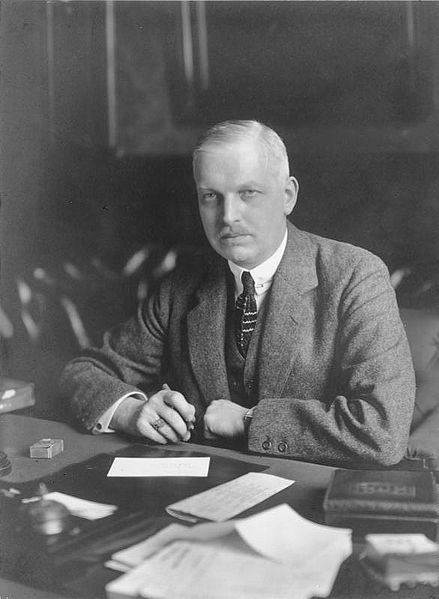
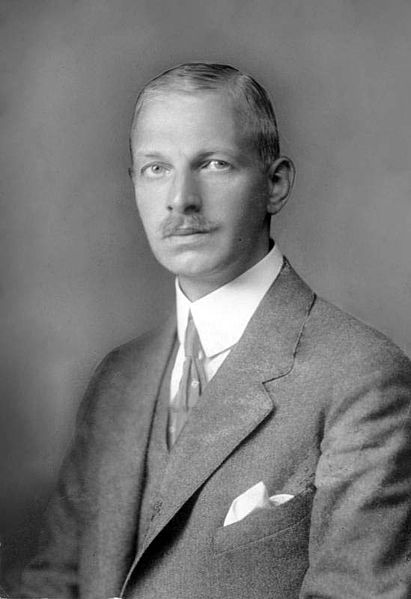
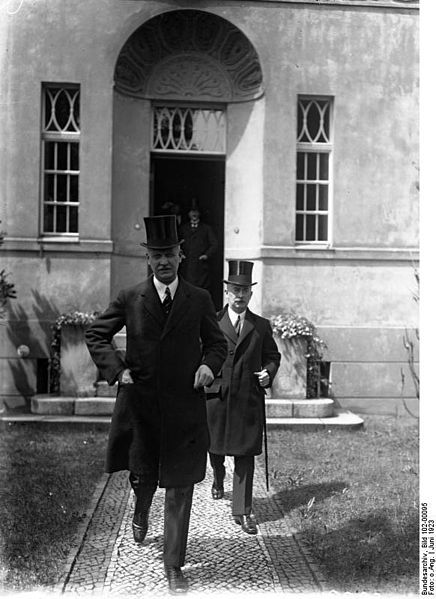
Wilhelm Carl Josef Cuno (July 2, 1876 - January 3, 1933) was a German politician who was the Chancellor of Germany from 1922 to 1923.
He was born in Suhl, Prussian Saxony. Cuno's government is best known for its passive resistance of the French occupation of the Ruhr Area (1922 - 1923). Cuno's government was also responsible for its poor handling of economic problems. In order to pay off the state's debts, the government under Cuno printed vast amounts of money, leading to hyperinflation which peaked in the summer of 1923. A wave of strikes began in August 1923 and Cuno and his cabinet resigned on August 12, 1923.
Cuno received education as a lawyer in Berlin and Heidelberg. He was employed by the Reich Treasury Department in 1907. During World War I Cuno was involved in arrangements for food supplies for the German army, but quit civil service to join the Hapag shipping company in 1917. In December 1918 Cuno was promoted to Hapag's general director. As an economic expert, Cuno participated in the post war negotiations on reparations and peace terms. The importance of his position as Hapag executive increased after the company became one of the leading shippers of goods between the U.S. and Germany.
Informally representing the interests of the Reich government abroad, Cuno rejected several proposals to assume the post of foreign minister, but agreed to form the Cabinet after the resignation of Joseph Wirth. Cuno was appointed Reich Chancellor on November 22, 1922, by presidential decree and formed a government mostly composed of non - party economists and members of the German People's Party, German Democratic Party, German Center Party and Bavarian People's Party.
After the downfall of his government, Cuno retired from politics and returned to the management of HAPAG.
He was a member of K.D.St.V. Arminia Heidelberg, a Catholic student fraternity that is member of the Cartellverband.